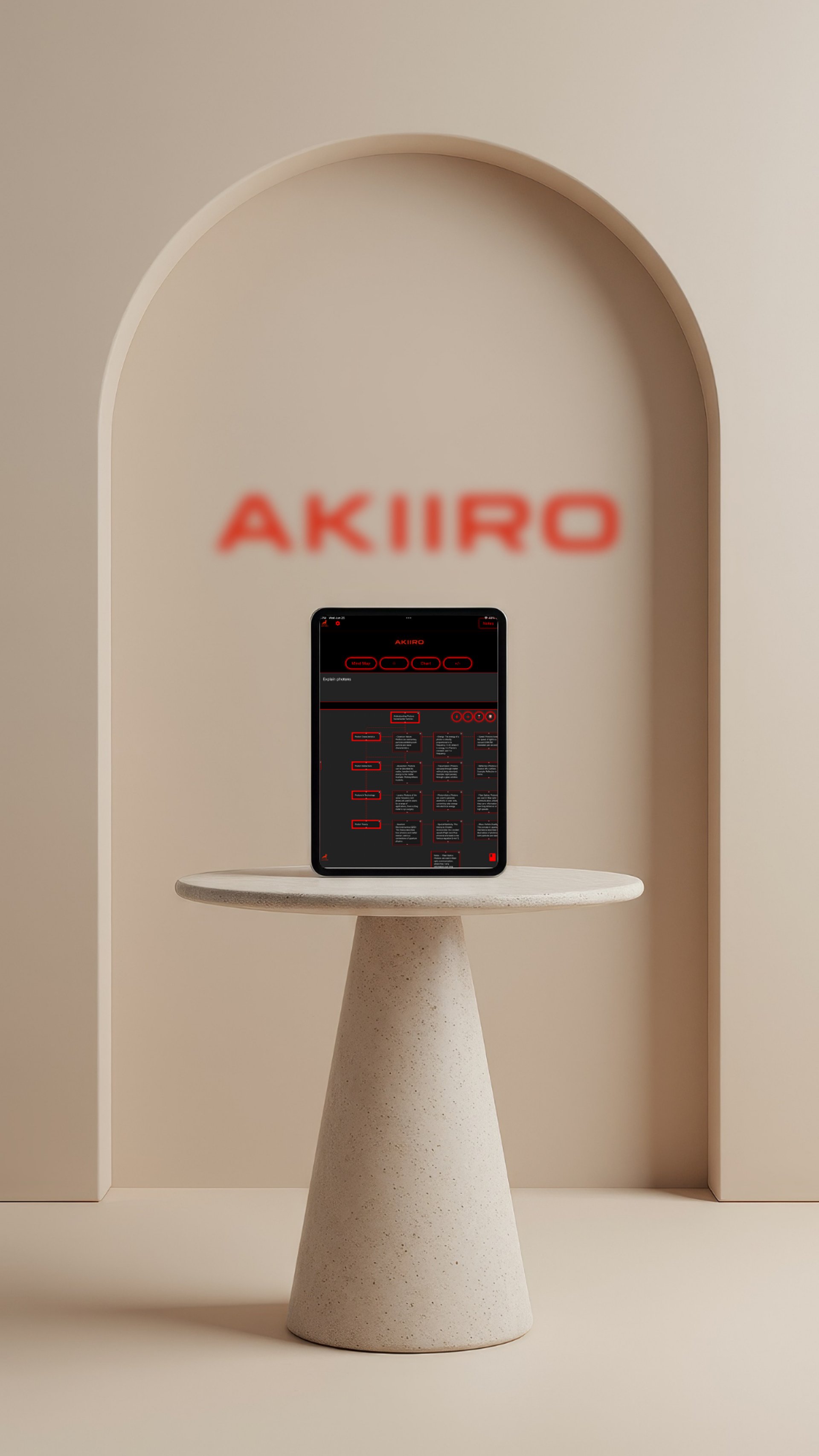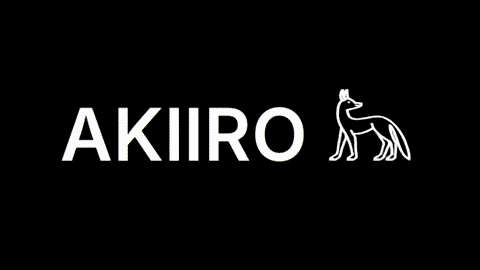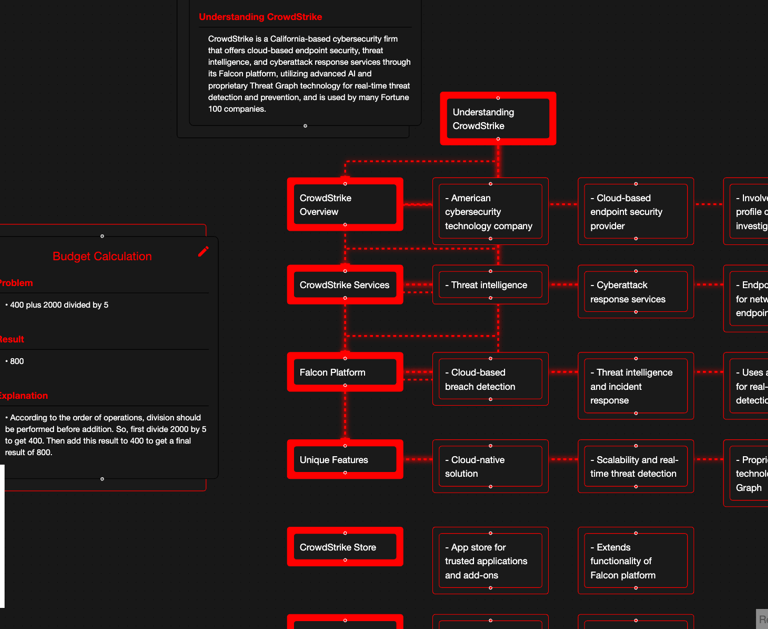
What Is a Mind Map?
A mind map is how your brain actually wants to think. It’s not some boring list. It’s not a Word doc. It’s a map. A real visual explosion of your thoughts, your goals, your learning, and your ideas. Everything connected in a way that makes sense instantly.
People don't think in lines. They think in branches. Mind maps are built for that. Whether you're studying, building your business, planning your week, or just trying to understand what the hell is going on. mind maps give it structure without the clutter.


Mind maps for thinking, learning, planning, and building
A mind map is not a tool. It is a mindset. It is a visual method of turning your ideas into something that lives on a page, something you can see, explore, build on, and understand. Instead of starting from the top and working your way down like a list, you start with one central thought and watch it grow outward. That single idea becomes the core. Everything else flows from there.
Mind mapping is how people who solve real problems keep track of complexity. It is how teams stay in sync. It is how students retain information. It is how creators plan their next move without losing sight of the bigger picture. It is the blueprint behind essays, business models, research papers, product development, and even personal goals. When people say they feel overwhelmed or disorganized, it usually means they have not mapped their thoughts yet.
What mind maps are used for
Mind maps are used in every kind of work and study. Writers use them to outline chapters and story arcs. Students use them to break down dense subjects into digestible parts. Business owners use them to plan growth, track customer feedback, and design products. Creators use them to organize content ideas, marketing paths, and future launches. Project managers use them to sketch the whole system before assigning the tasks.
You can build a roadmap. You can structure a pitch. You can prep for an exam. You can summarize an entire book. Every node in a mind map holds more than a thought. It holds decisions. It holds meaning. You click on a node and go deeper. You zoom out and see the entire architecture of what you are building. It scales from a single idea to an entire knowledge system.


Mind maps and learning
Mind maps are a powerful tool for learning because they mirror how the brain actually stores information. Instead of storing things in a straight line, your brain links them based on context, association, and relevance. Mind maps do the same. They let you connect facts, topics, summaries, quotes, diagrams, and formulas into a single page of living information.
This is why mind mapping is not just for taking notes. It is for truly learning. Whether you are preparing for an exam, reading a textbook, attending a lecture, or creating a course, the mind map becomes your master copy. It grows with you. It updates with new insights. It becomes a second brain.
Mind mapping is not static. It is not stuck in a single format. The way we see it, this is just the beginning. The next evolution of mind maps is not just visual. It is collaborative. It is intelligent. It understands what you are building and helps you shape it. We are building tools that let teams map projects in real time. That let creators turn maps into action. That let students connect maps across semesters and subjects.
We are expanding into cloud-syncing maps across devices, embedding media, connecting task lists to nodes, and building public and private spaces for teams to work on shared ideas. We believe mind maps can be more than diagrams. They can be dashboards for ideas, for knowledge, for progress.
In the future, you will not just open a mind map. You will live in it. You will plan inside it. You will think through it. This is not just about visuals. It is about clarity. It is about creating a space where all your thinking and planning finally makes sense.
The world is noisier than ever. There are too many tools, too many tabs, too many apps pulling us in different directions. What we need is not more data. We need structure. We need ways to organize thought without slowing it down. Mind maps do that. They give you a way to think clearly again. To plan without chaos. To learn deeply. To build something that grows over time.
Whether you are a student, a founder, a designer, a strategist, or just someone who has too many ideas and nowhere to put them, a mind map gives you space to think. It lets you build knowledge and shape your vision at the same time.
This is not just a productivity tool. It is how real thinkers work. This is your workspace. This is your learning canvas. This is your mind. On the page. Always growing.




